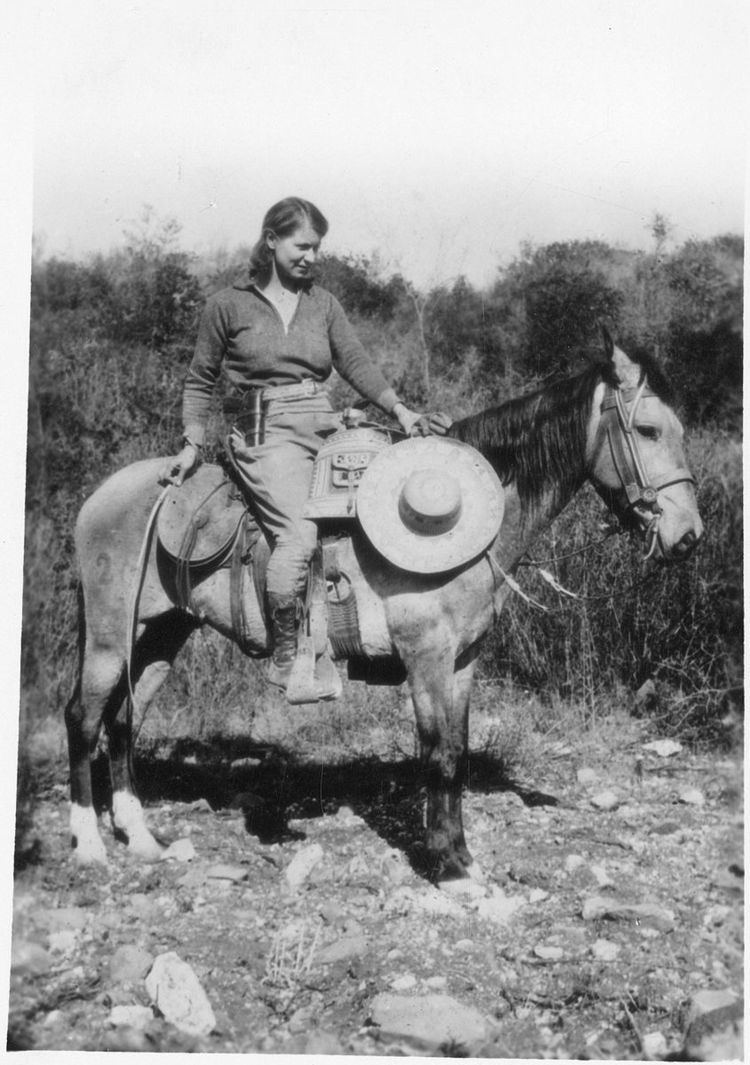 | ||
Science journalism conveys reporting about science to the public. The field typically involves interactions between scientists, journalists, and the public.
Contents
Aim of science journalism
Science values detail, precision, the impersonal, the technical, the lasting, facts, numbers and being right. Journalism values brevity, approximation, the personal, the colloquial, the immediate, stories, words and being right now. There are going to be tensions.
The aim of a science journalist is to render very detailed, specific, and often jargon-laden information produced by scientists into a form that non-scientists can understand and appreciate, while still communicating the information accurately. One way science journalism can achieve this is by avoiding an information deficit model of communication. This model assumes a top-down, one-way direction of communicating information that limits an open dialogue between knowledge holders and the public.
Science journalists often have training in the scientific disciplines that they cover. Some have earned a degree in a scientific field before becoming journalists or exhibited talent in writing about science subjects. However, good preparation for interviews and even deceptively simple questions such as "What does this mean to the people on the street?" can often help a science journalist develop material that is useful for the intended audience.
Status of science journalism
With budget cuts at major newspapers and other media, there are fewer working science journalists working for traditional print and broadcast media than before. Similarly, there are currently very few journalists in traditional media outlets that write multiple articles on emerging science, such as nanotechnology.
In 2011, there were 459 journalists who had written a newspaper article covering nanotechnology. When the data was narrowed down to those journalists who wrote about the topic more than 25 times in the year, the number fell to 7.
In January 2012, just a week after The Daily Climate reported that worldwide coverage of climate change continued a three-year slide in 2012—and that among the five largest U.S. dailies, the Times published the most stories and had the biggest increase in coverage, the New York Times announced it was dismantling its environmental desk and merging its journalists with other departments.
News coverage on science by traditional media outlets, such as newspapers, magazines, radio, and news broadcasts is being replaced by online sources. In April 2012, the New York Times was awarded two Pulitzer Prizes for content published by Politico and The Huffington Post, both online sources - a sign of the platform shift by the media outlet.
New communication environments provide essentially unlimited information on a large number of issues, which can be obtained anywhere and with relatively limited effort. The web also offers opportunities for citizens to connect with others through social media and other 2.0-type tools to make sense of this information.
"After a lot of hand wringing about the newspaper industry about six years ago, I take a more optimistic view these days,” said Cristine Russell, president of the Council for the Advancement of Science Writing. “The world is online. Science writers today have the opportunity to communicate not just with their audience but globally.”
Blog-based science reporting is filling in to some degree, but has problems of its own.
Chocolate hoax
In 2015, John Bohannon produced a deliberately bad study to see how a low-quality open access publisher and the media would pick up their findings. He worked with a film-maker Peter Onneken who was making a film about junk science in the diet industry with fad diets becoming headline news despite terrible study design and almost no evidence. He invented a fake "diet institute" that lacks even a website, and used the pen name, "Johannes Bohannon," and fabricated a press release.
Criticism
Science journalists regularly come under criticism for misleading reporting of scientific stories. All three groups of scientists, journalists, and the public often criticize science journalism for bias and inaccuracies. However, with the increasing collaborations online between science journalists there may be potential with removing inaccuracies. The 2010 book Merchants of Doubt by historians of science Naomi Oreskes and Erik M. Conway argues that in topics like the global warming controversy, tobacco smoking, acid rain, DDT and ozone depletion, contrarian scientists have sought to "keep the controversy alive" in the public arena by demanding that reporters give false balance to the minority side. Very often, such as with climate change, this leaves the public with the impression that disagreement within the scientific community is much greater than it actually is. Science is based on experimental evidence, testing and not dogma, and disputation is a normal activity.
Many science magazines, along with Newspapers like The New York Times and popular science shows like PBS Nova tailor their content to relatively highly educated audiences. Many universities and research institutions focus much of their media outreach efforts on coverage in such outlets. Some government departments require journalists to gain clearance to interview a scientist, and require that a press secretary listen in on phone conversations between government funded scientists and journalists.
Many pharmaceutical marketing representatives have come under fire for offering free meals to doctors in order to promote new drugs. Critics of science journalists have argued that they should disclose whether industry groups have paid for a journalist to travel, or has received free meals or other gifts.
Science journalism finds itself under a critical eye due to the fact that it combines the necessary tasks of a journalist along with the investigative process of a scientist.
Most science journalists begin their careers as either a scientist or a journalist and transition to science communication.
One area in which science journalists seem to support varying sides of an issue is in risk communication. Science journalists may choose to highlight the amount of risk that studies have uncovered while others focus more on the benefits depending on audience and framing.
Types of science journalism
There are many different examples of science writing. A few examples include feature writing, risk communication, blogs, science books, scientific journals, and science magazines.
